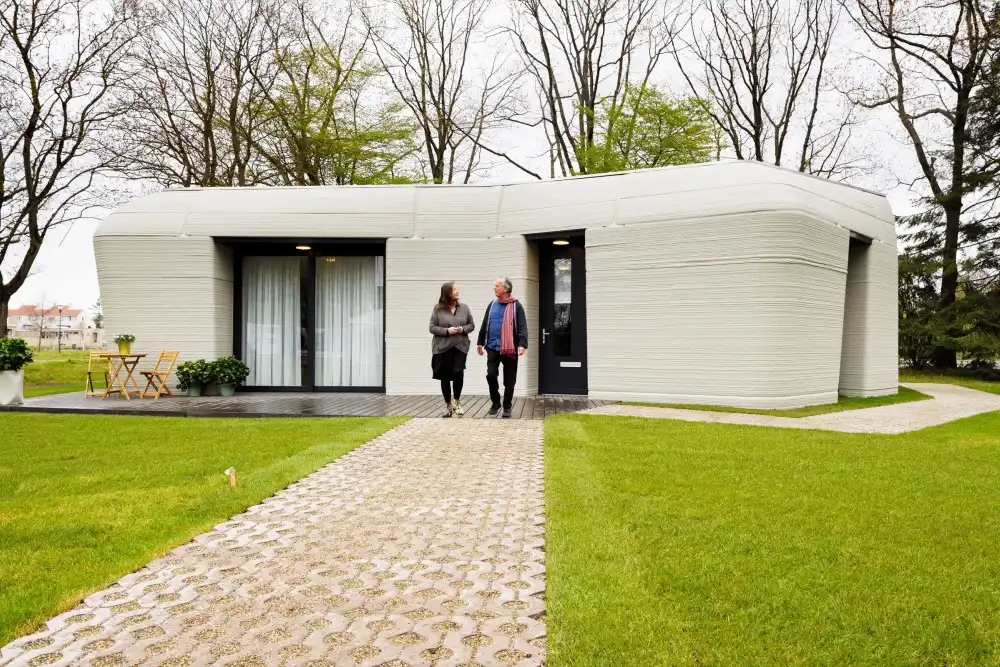Let’s face it—home upgrades can be expensive, time-consuming, and, honestly, a little boring. But what if you could design, print, and assemble custom solutions right at home? With 3D printing and modular technology, that’s not just possible—it’s easier than you think.
Why 3D Printing and Modular Tech Are Game-Changers
Imagine building furniture like Lego blocks or printing a missing cabinet knob in minutes. That’s the magic of these tools. Here’s why they’re perfect for DIYers:
- Cost-effective: No more paying for overpriced hardware or shipping fees.
- Customizable: Tailor every detail to your space—no compromises.
- Sustainable: Print only what you need, reducing waste.
Easy 3D-Printed Home Upgrades Anyone Can Try
1. Custom Wall Hooks and Organizers
Lost another key? Printed a quirky hook with a built-in bowl for small items. Files for these are everywhere—Thingiverse, Printables—and they take under an hour to print.
2. Modular Shelving Systems
Modular tech lets you snap together shelves like puzzle pieces. Need more space? Just add another block. Companies like Gridbeam offer open-source designs, or you can 3D-print your own connectors.
3. Light Switch Covers with Flair
Tired of boring plastic plates? Design a cover with geometric patterns—or even your pet’s face. Pro tip: Use PETG filament for durability.
Modular Tech: The Secret to Flexible Furniture
Modular isn’t just for shelves. Think:
- Expandable tables that grow with your family.
- Room dividers that reconfigure in minutes.
- Outdoor planters that stack for vertical gardens.
The best part? Most systems use standardized connectors, so mixing brands often works.
3D Printing vs. Traditional Tools: A Reality Check
Sure, 3D printing won’t replace your hammer—yet. But for small, intricate parts? It’s unbeatable. Here’s a quick comparison:
| Task | Traditional Method | 3D Printing |
| Replacing a drawer handle | Store trip, limited styles | Print in 30 mins, any design |
| Creating a lamp base | Woodworking skills needed | Download & print overnight |
Overcoming Common DIY Pain Points
We’ve all been there: measuring twice, cutting once… and still messing up. Here’s how these techs help:
- Mismeasurements: Print a test piece first—no wasted materials.
- Limited skills: Many designs require just clicking “print.”
- Renting woes: No more begging landlords—print removable upgrades.
The Future: What’s Next for Home DIY?
Already, companies are testing 3D-printed walls and modular plumbing. For now? Start small. Print a vase. Snap together a side table. The tech’s here—what you do with it is up to you.

